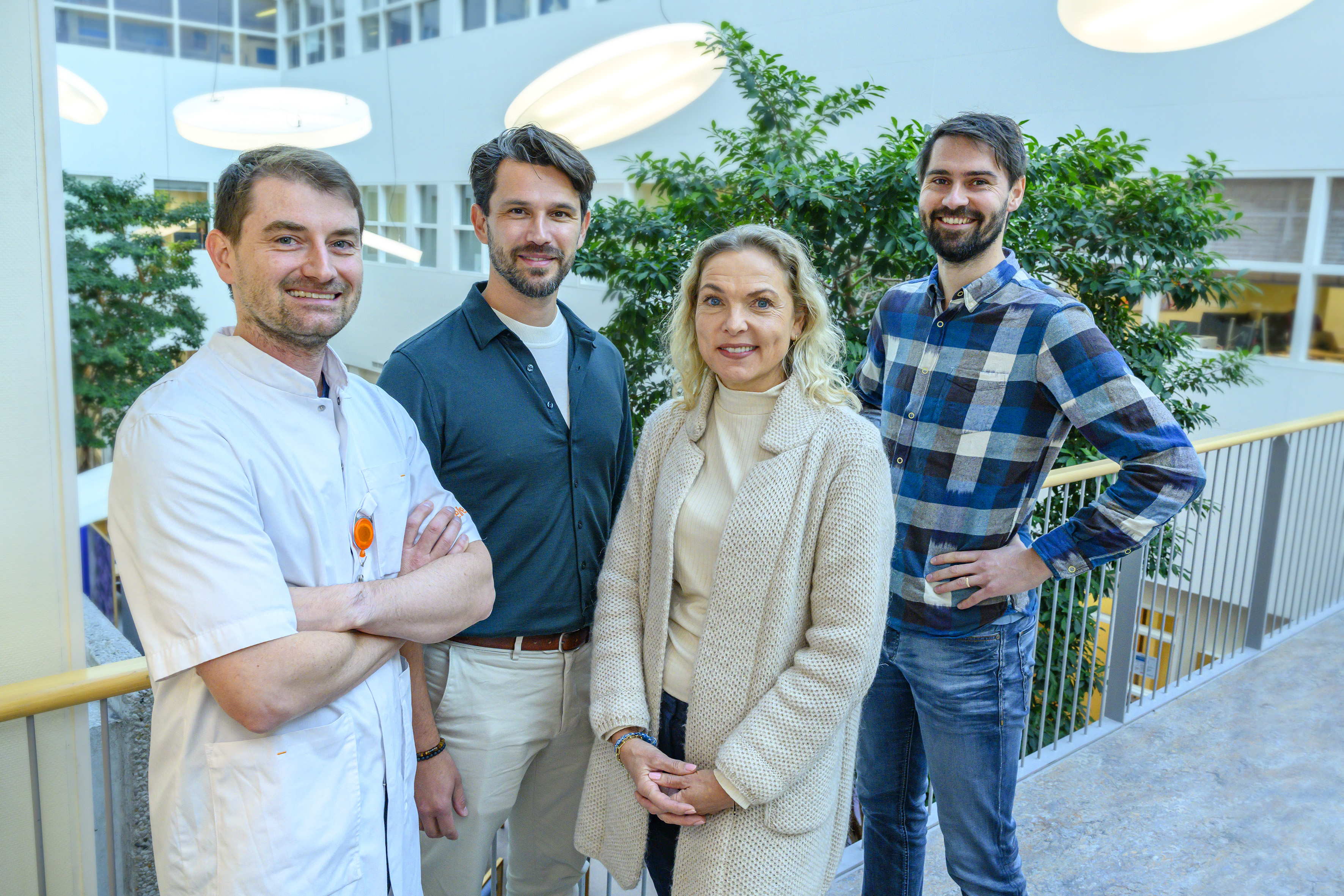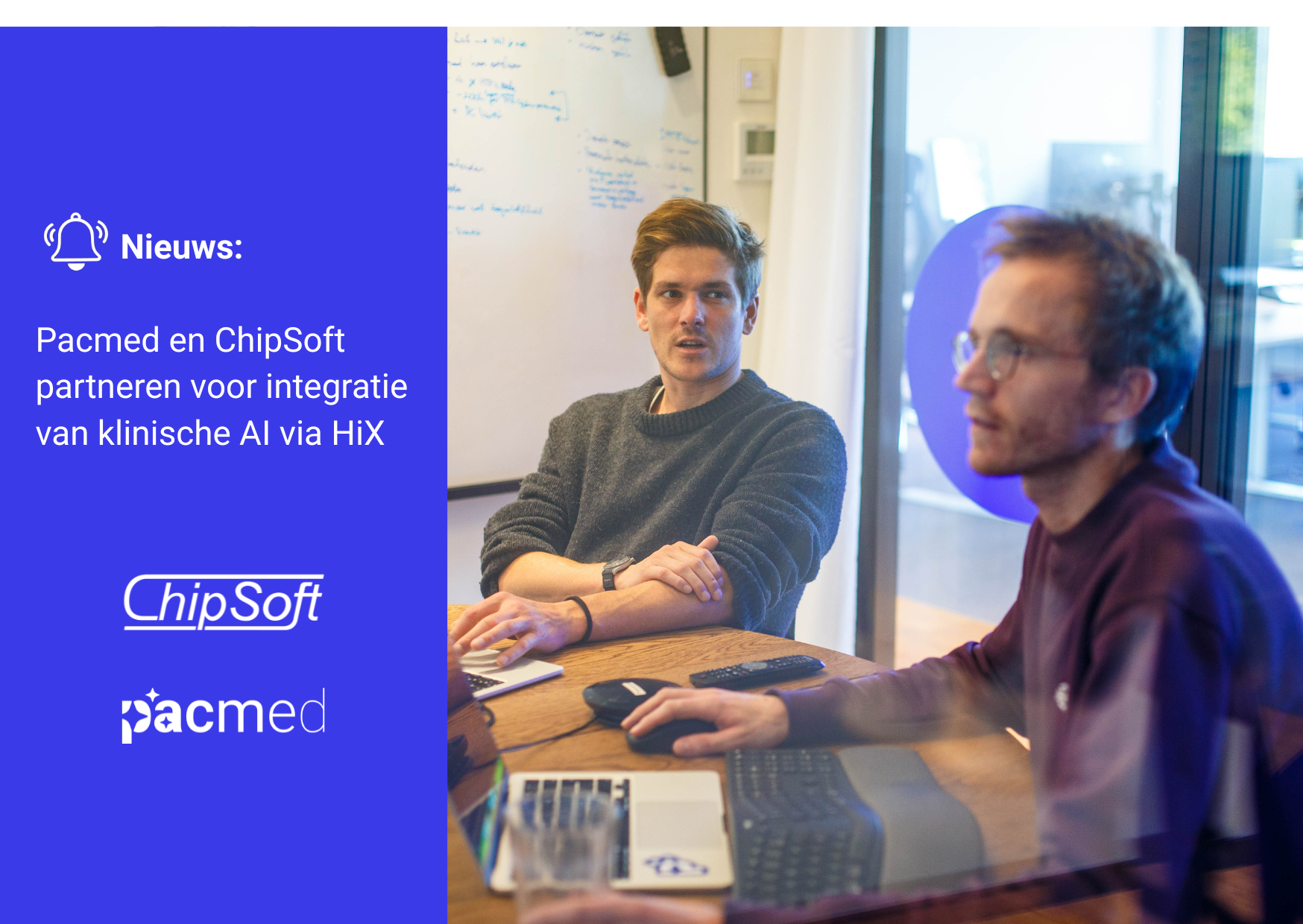Gelre hospitals and Pacmed have signed the cooperation agreement for the implementation of AI in the Intensive Care Unit (IC).
On Tuesday, November 11, 2025, the kick-off of the further collaboration took place. Starting from the second quarter of 2026, the Pacmed Capacity Monitor will be deployed in the ICU. AI will help Gelre to use ICU staff even better and more efficiently. The hospital is investing in digitization, data, and AI to make healthcare future-proof, personal, and human-centered.
Strong start with the AI Readiness Scan
The starting point of the collaboration is the outcome of the AI Readiness Scan that Pacmed carried out at Gelre. The scan provided insight into opportunities and prerequisites for responsible AI implementation in the ICU, ensuring data security. The main outcomes of the AI Readiness Scan at Gelre, and specifically for the ICU, are:
- There is broad support among healthcare providers and support staff for AI as a tool to improve care quality and accessibility.
- Gelre has a solid IT infrastructure for future-proof and secure data exchange.
- Gelre works according to a clear approach to comply with all laws and regulations.
- Gelre is “ready” to implement and scale AI responsibly and safely.
Collaborating on AI in the hospital is an important step for the future
According to extensive research by the Erasmus MC Datahub [1], recently repeated, only 2% of all AI applications for ICU care are ultimately validated in practice. Pacmed has succeeded in bringing AI to the ICU, where it is already used daily in several hospitals. With this collaboration, Gelre and Pacmed are taking an important and promising step toward a future in which proven effective AI becomes a structural part of ICU care practice.
Monique Bosboom, CIO Gelre hospitals:
“With current and future developments in healthcare in mind, we are constantly looking for innovative solutions—for our patients and for our colleagues. AI is naturally part of that. With Pacmed, we can start in a safe setting, gain knowledge and experience with AI in the ICU, and then responsibly expand further.”
Wouter Kroese, co-founder and CEO Pacmed:
“We are extremely pleased that Gelre hospitals have chosen us. At Gelre, innovation is truly about making an impact. There is strong support for this, and they have built a solid foundation in recent times. The fact that Gelre has previously worked on similar solutions makes collaboration pleasant and valuable and also shows that parties like Pacmed are important partners for hospitals to bring innovation to the bedside and achieve impact and scaling.”
Deployment of AI module Pacmed Glance, a Capacity Monitor
The first focus of the collaboration is on deploying the Pacmed Capacity Monitor, which is already used by several hospitals and shows promising results. Previously, Gelre, together with SAS and KPMG, developed a model based on Early Warning Scores (a system that detects changes in patients’ health early) to predict ICU patient inflow. Through collaboration between Pacmed and Gelre, this knowledge will be combined and further strengthened.
The Pacmed Capacity Monitor predicts the expected ICU bed occupancy for each shift over the next five days, creating an accurate picture of future care demand. Where traditional planning systems mainly rely on seasonal patterns and historical trends, the Capacity Monitor uses real-time clinical data for predictions at the individual patient level. This makes the forecasts more current and accurate.
The monitor translates these predictions directly into the required staffing and compares them with the existing roster. This makes potential shortages or overstaffing visible early, allowing planners and team leaders to make timely adjustments to keep care well organized. Given the increasing shortage of specialized healthcare staff, such as ICU nurses and intensivists, efficient staff planning is more important than ever to ensure continuity and quality of care.
Nicolas Schroten, intensivist and medical cluster manager Acute & Intensive:
“A better prediction of the number of patients coming to the ICU can help schedule even better and more efficiently. This way, you can give staff rest when possible and deploy extra staff when needed. It is therefore important to have good insight into all patients being treated in the hospital who may deteriorate. The ultimate goal is to better balance the team’s workload, gain more control over the roster, and thereby increase job satisfaction and reduce absenteeism.”
In the coming period, Gelre and Pacmed will work on implementing the Capacity Monitor in the ICU. The aim is for the AI module to be operational in the second quarter of 2026.
Note: In the photo from left to right: Nicolas Schroten (intensivist Gelre hospitals), Boudewijn Kessing (CMIO Gelre hospitals), Monique Bosboom (CIO Gelre hospitals), and Bas Vonk (CTO Pacmed).
[1] Berkhout WEM, van Wijngaarden JJ, Workum JD, et al. Operationalization of Artificial Intelligence Applications in the Intensive Care Unit: A Systematic Review. JAMA Netw Open. 2025;8(7):e2522866. doi:10.1001/jamanetworkopen.2025.22866



.png)
.png)